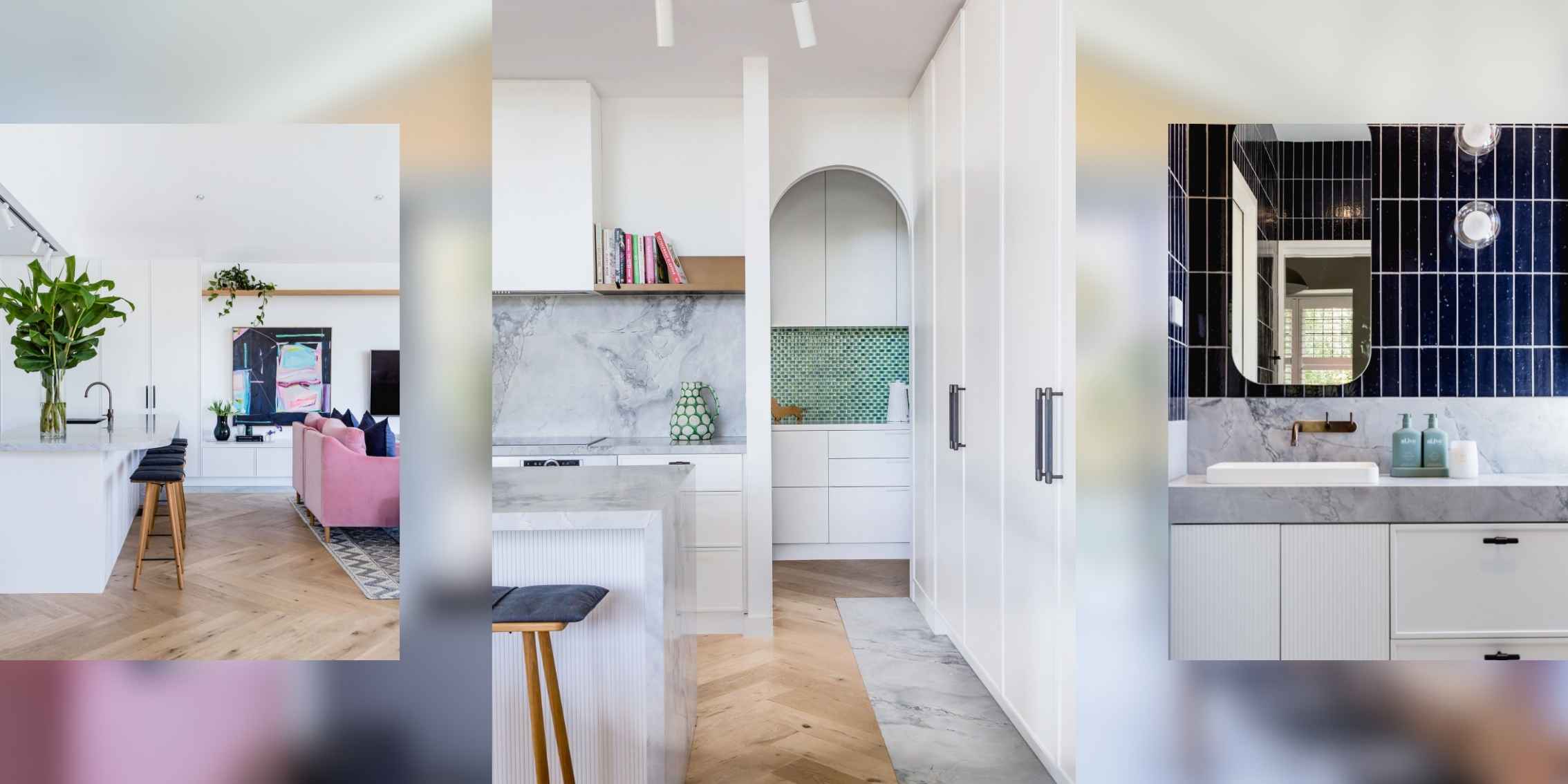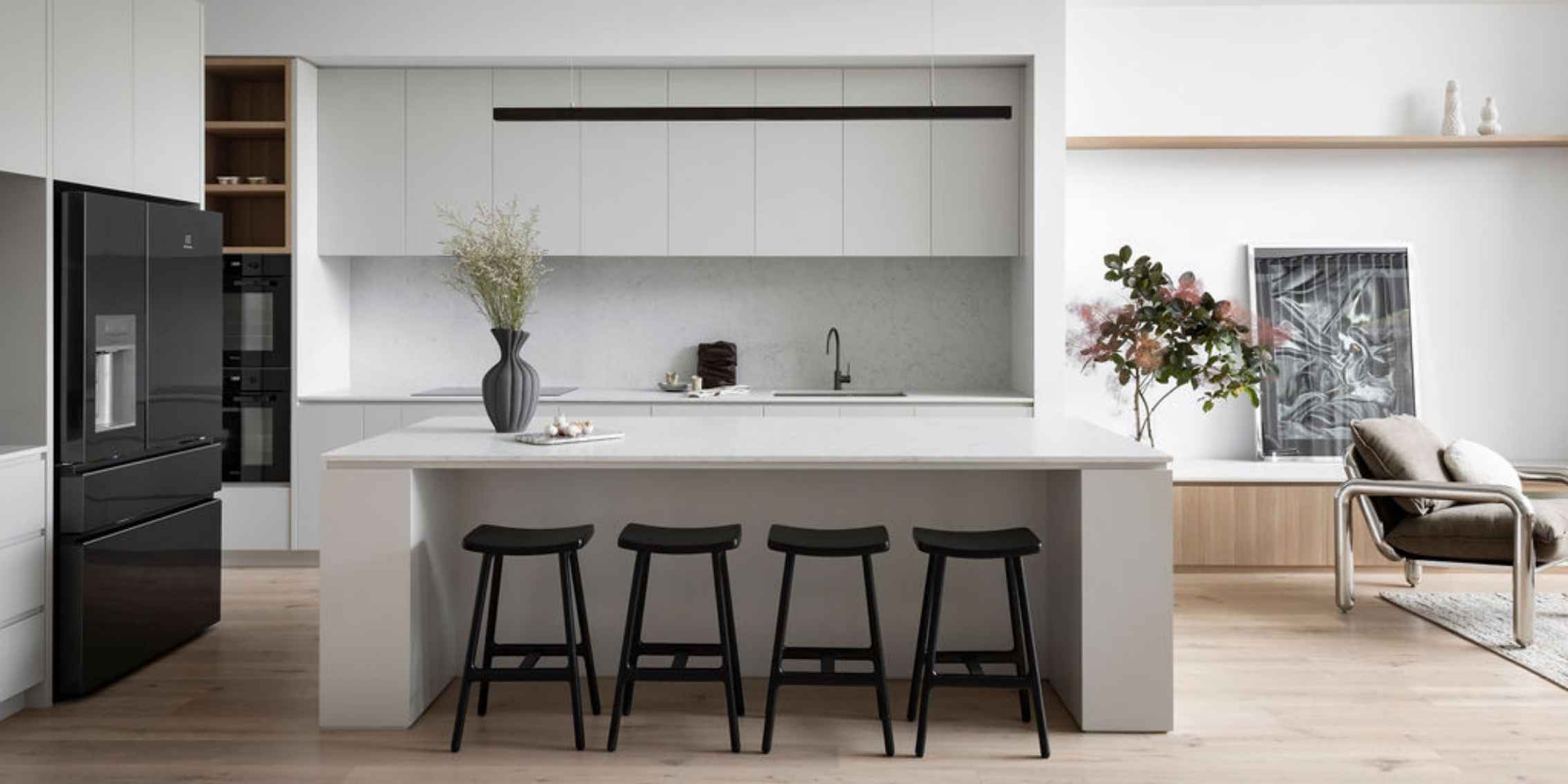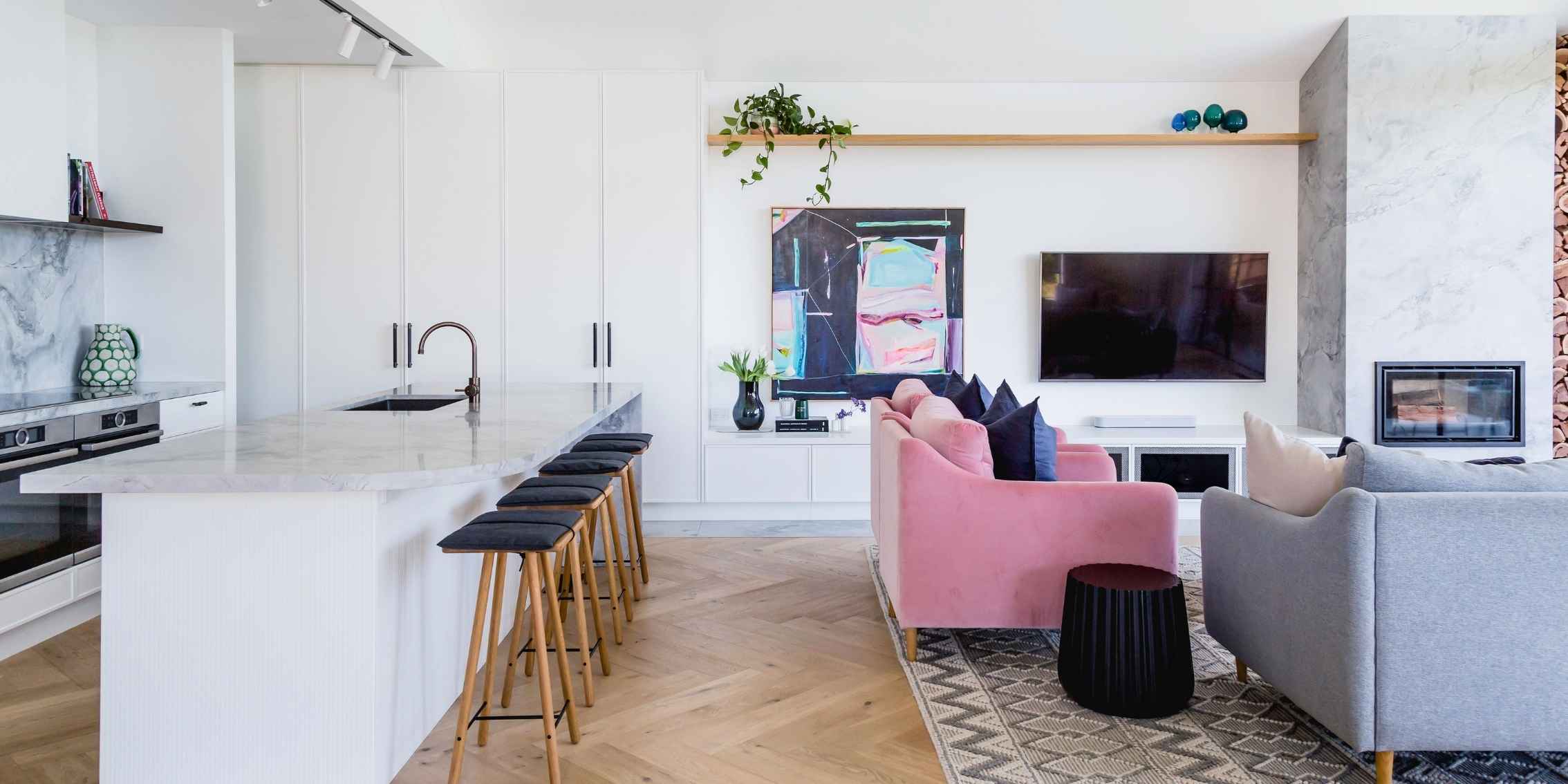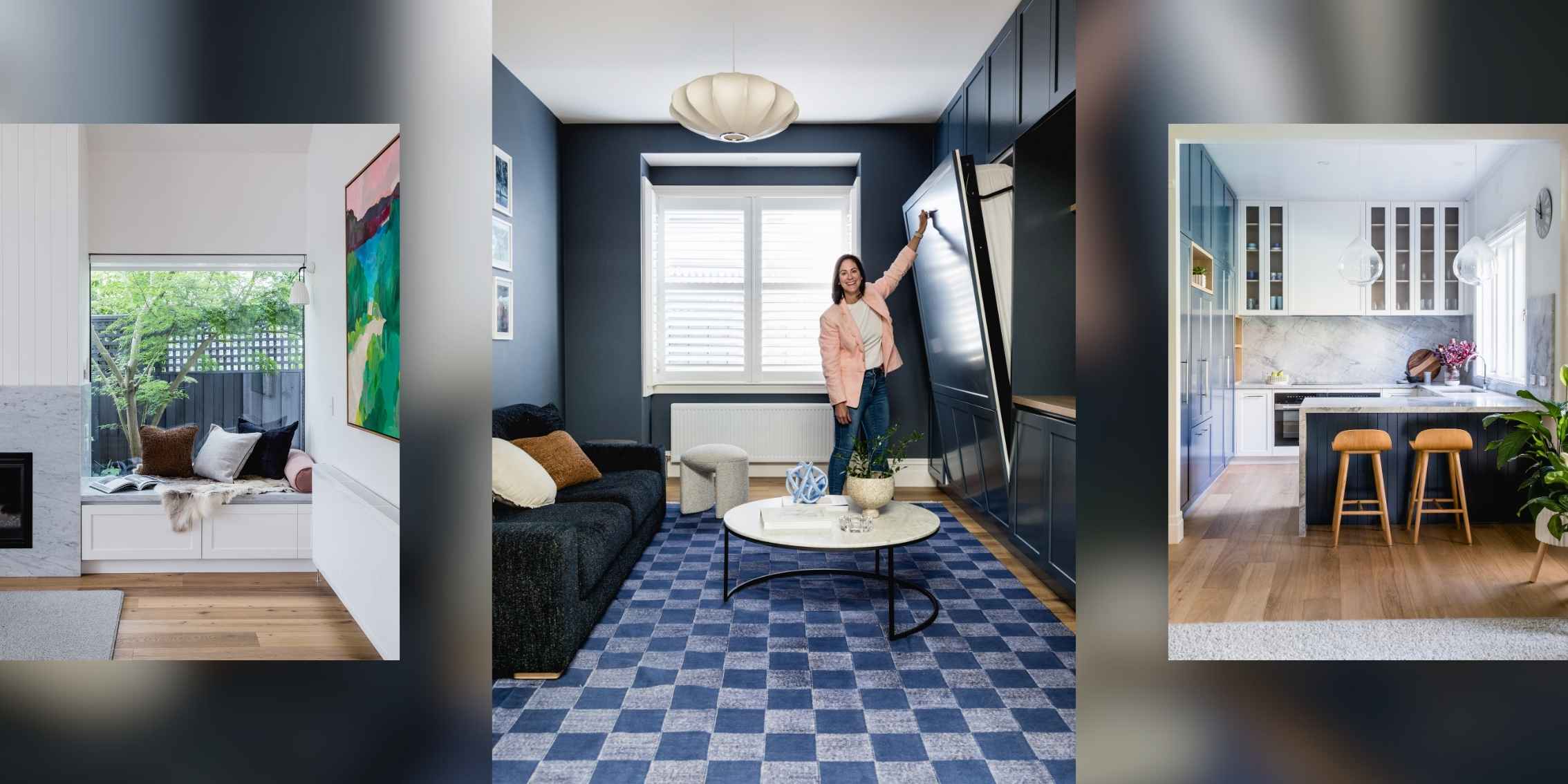Have you ever dreamed of a home where every corner reflects your unique style and personality? Designing a home is an exciting journey, but turning that vision into reality requires careful planning and a well-structured process. The interior design process is the bridge that connects your ideas to a beautifully crafted space. It blends creativity with functionality, transforming rooms into living experiences. Here we will break down the essential interior design process steps, providing insights and practical tips to help you create stunning homes. Whether you're an aspiring designer or a homeowner looking to redesign, this will guide you through each stage with confidence.

Image source: Interior by Graduated #IDIstudent Anna Wood from @picchio_interiors. Photography by Suzi Appel from @suziappel_photo
The interior design process is more than selecting coloursand furnishings, it's a holistic approach to creating functional and aesthetically pleasing environments. It involves a meticulous process that considers every aspect of a space, from layout to lighting, to ensure harmony and practicality. A well-executed interior design process can significantly enhance the comfort, functionality, and overall feeling of a space, making it not just a house, but a home.

Image source: Interiors by Graduated #IDIstudent Anna Wood from @picchio_interiors. Photography by Suzi Appel from @suziappel_photo
The journey begins with an initial consultation, where the interior designer meets the client to understand their needs, preferences, and lifestyle. This step is crucial as it sets the foundation for the entire project. The designer gathers information about the client's vision, specific requirements, and any particular challenges or desires for the space.
Budgeting is another critical component of this phase. Establishing a realistic budget helps allocate funds appropriately, ensuring that the project stays within financial limits while achieving the desired outcome. Alongside budgeting, a timeline is developed to outline key milestones and deadlines, providing a clear roadmap for the project's progress.
With a clear understanding of the client's needs and budget, the designer moves on to concept development. This phase involves gathering inspiration from various sources such as magazines, online platforms, and real-life experiences. The designer then creates mood boards that showcase the proposed colour schemes, textures, and style elements, helping to visualise the overall design direction. Initial sketches are drafted to represent beginning ideas and concepts. These sketches are essential in communicating the design vision and serve as a basis for further development and client discussions.
In this step, the designer conducts a thorough space analysis to assess the strengths and limitations of the area. This assessment helps in understanding the potential of the space and informs the design decisions. The goal is to create functional layouts that optimise space usage and ensure smooth flow throughout the area.
Zoning is an integral part of space planning, where different areas are designated for specific activities. Effective zoning enhances the functionality of the space, making it easy to navigate and use.
The design development phase delves into the finer details. The designer creates detailed drawings, including floor plans, elevations, and sections. These documents are crucial for the construction and implementation phases, providing precise guidelines for contractors and builders.
Material selection is another key aspect, where the designer chooses the appropriate materials, finishes, and colour schemes. The selection process takes into consideration the aesthetic appeal, durability, and maintenance requirements of the materials. Additionally, the designer selects furniture and fixtures that align with the overall design concept, ensuring consistency and harmony.

Image source: Interior by Graduated #IDIstudent Anna Wood from @picchio_interiors. Photography by Dylan James from @dylanjamesphoto
To bring the design to life, the designer creates 3D renderings and virtual tours. These visualisations offer a realistic preview of the final space, allowing clients to see how the design will look once completed. This step is critical for gathering client feedback and making any necessary adjustments to the design.
The implementation phase involves hiring contractors and coordinating with various tradespeople. The designer oversees the construction and installation processes, ensuring that everything adheres to the design specifications. Procurement of materials and furnishings is managed carefully, with a focus on timely delivery and quality control.
On-site supervision ensures that the project is executed flawlessly, with attention to detail at every stage. The designer addresses any issues that arise during construction and ensures that the final outcome aligns with the client's vision.
The final stage is all about adding personality and warmth to the space. Accessorising with artwork, textiles, and decor items enhances the overall look and feel, creating a cohesive and inviting environment. The designer provides styling tips to help clients maintain the aesthetic and functionality of the space.
A final walkthrough with the client is conducted to ensure that all aspects of the design are executed to satisfaction. This step provides an opportunity for final adjustments and ensures that the client is delighted with their new space.

Image source: Interior by Graduated #IDIstudent Anna Wood from @picchio_interiors. Photography by Suzi Appel from @suziappel_photo
Understanding the interior design process offers several benefits. It provides expert knowledge and hands-on experience, essential for anyone looking to excel in this field. Whether you're pursuing a career in interior design or simply passionate about creating beautiful spaces, mastering these skills with an online course can open doors to career opportunities and provide a sense of creative fulfilment.
At The Interior Design Institute, our courses offer comprehensive training in all aspects of interior design. From foundational design principles to advanced techniques, our curriculum is designed to equip you with the knowledge and skills needed to excel. Our tutors are experienced professionals who bring a wealth of expertise to the classroom, ensuring a rich learning experience.

Image source: Interiors by Graduated #IDIstudent Anna Wood from @picchio_interiors. Photography by Suzi Appel from @suziappel_photo
The interior design process is a journey that transforms a vision into reality. By following these seven steps, you can create spaces that are not only beautiful but also functional and comfortable. If you're ready to turn your passion for design into a professional skill, enrol in our interior design course today. Join a network of creative minds and start your journey toward becoming a confident and innovative interior designer.